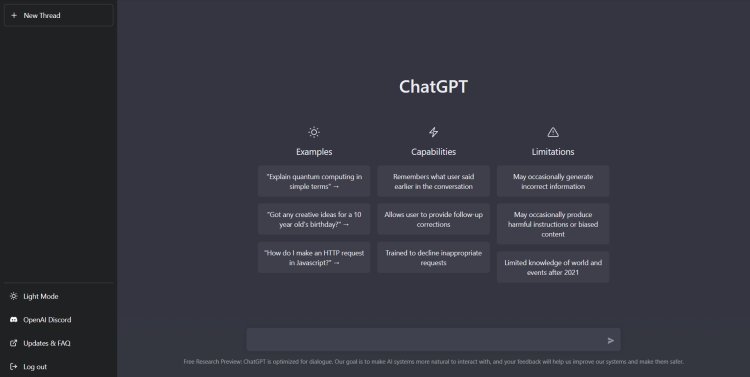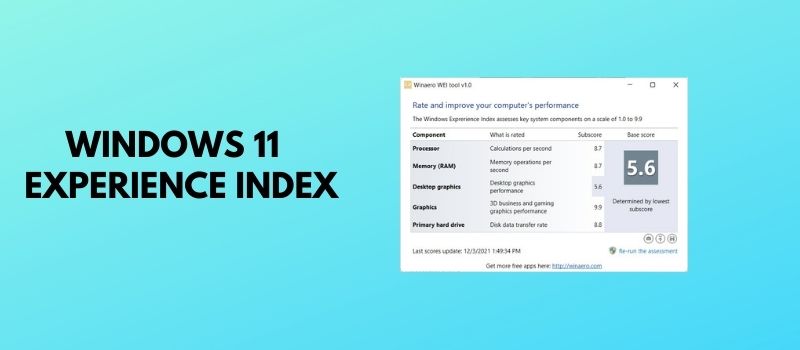Chatgpt what is it really ?
Chatgpt what is it really ? - Chatgpt what is it really ? - Generative Pre-training Transformer (GPT) is a language model developed by OpenAI. It is a Transformer-based model that has been trained to predict the next word in a sequence of words.

Chatgpt what is it really ? - Generative Pre-training Transformer (GPT) is a language model developed by OpenAI. It is a Transformer-based model that has been trained to predict the next word in a sequence of words. GPT uses an innovative technique called "masked language modeling" to learn the statistical structure of language.
Chatgpt what is it really ?
Generative Pre-training Transformer (GPT) is a language model developed by OpenAI. It is a Transformer-based model that has been trained to predict the next word in a sequence of words. GPT uses an innovative technique called "masked language modeling" to learn the statistical structure of language. During training, GPT is given a large body of text and asked to predict the next word in a sequence, given the previous words. This allows him to learn the relationships between words and the statistical patterns that occur in language. GPT can then be refined for a specific language modeling fee, such as automatic language transfer or question answering.
Generative Pre-training Transformer (GPT) was developed by a team of researchers from OpenAI. The model was first presented in a paper titled "Improving Language Understanding by Generative Pre-Training" published in 2018.
The model has achieved remarkable results in natural language tasks, surpassing many of the existing methods in several areas. The GPT model was also used as the basis for further developments, such as the GPT-2 and GPT-3, which further improved the performance of the original model.
OpenAI is the owner of the Generative Pre-training Transformer (GPT). OpenAI is an artificial intelligence research organization based in San Francisco, California. Founded in 2015 by a group of entrepreneurs and investors, including the co-founder of PayPal, Peter Thiel, and the co-founder of Tesla and SpaceX, Elon Musk, OpenAI aims to promote and develop artificial intelligence in a responsible way it's safe. Besides GPT, OpenAI has also developed other successful language models, such as GPT-2 and GPT-3.
Artificial intelligence (AI) is a field of computer science that aims to develop systems that can perform tasks that require human intelligence, such as word and image recognition, reasoning, problem solving, and learning.
There are several subcategories of artificial intelligence, including machine learning, machine learning, computer vision, and natural language. AI algorithms are often based on mathematical or statistical models and can be trained using large amounts of data. The ultimate goal of artificial intelligence is to create systems that are able to act and make decisions autonomously, like humans.
AI is used in a wide variety of fields, including:
Word and image recognition: Artificial intelligence is used to recognize words and images automatically, for example for medical image analysis or for face recognition in photos and videos. Robotics: AI algorithms can be used to design and control robots, both in industrial and domestic settings. Marketing: AI can be used to analyze marketing campaign data and to personalize customer communications. Healthcare: AI can be used to help diagnose disease, predict clinical outcomes, and optimize patient treatment. Transport: Artificial intelligence is used to plan the route of vehicles and to optimize travel times, for example in GPS navigation systems. Financial Services: AI is used to analyze financial transaction data, to predict markets, and to assist investors in shortlisting stocks. Utilities: AI is used to predict and manage weather events, plan relief efforts, and analyze public transit data.
AI can be used in a variety of ways to support healthcare. For example, it can be used for:
Diagnose diseases: AI can be trained using large amounts of medical data, such as X-ray images or visit records, to learn to recognize the signs of different diseases. In this way, it can help diagnose conditions faster and more accurately than humans. Predict clinical outcomes: AI can be used to analyze patient data and predict their clinical course, for example to determine the risk of complications or time to healing. Optimize patient treatment: Artificial intelligence can be used to help select the most appropriate treatment for each patient, based on their clinical data and individual characteristics. Manage health data: AI can be used to manage large amounts of medical data, such as integrating patient data from different sources or finding patterns in information. Providing care: Artificial intelligence can be used to provide patient care, for example through chatbots that can answer patients' questions and provide them with information about symptoms and treatments.
Using artificial intelligence in medicine can help make healthcare more efficient and improve the quality of care that is provided to patients. However, it is important to keep in mind that artificial intelligence cannot completely replace the clinical judgment of humans and that clinicians should always carefully evaluate the results provided by artificial intelligence systems before making important clinical decisions.
Artificial intelligence can be used for word and image recognition automatically. For example, it can be used for:
Recognize faces in photos and videos: Artificial intelligence can be trained to recognize human faces in images and videos, for example for people identification in video surveillance systems or for automatic photo tagging on social media. Recognize texts: Artificial intelligence can be used to recognize texts in images or PDF documents, for example to extract information from invoices or to automatically transcribe handwritten notes. Medical image analysis: AI can be used to analyze medical images, such as X-rays or CT scan images, to recognize signs of various diseases or to determine the severity of an injury. Image recognition: Artificial intelligence can be used to recognize objects, animals or landscapes in images, for example to classify images into categories or to search for similar images.
Word and image recognition is a complex task that requires analyzing the visual content and meaning of words. Artificial intelligence can help automate these tasks and make information processing processes more efficient. However, it's important to keep in mind that AI is not foolproof and can make mistakes, especially if it hasn't been trained with enough accurate or representative data.

















